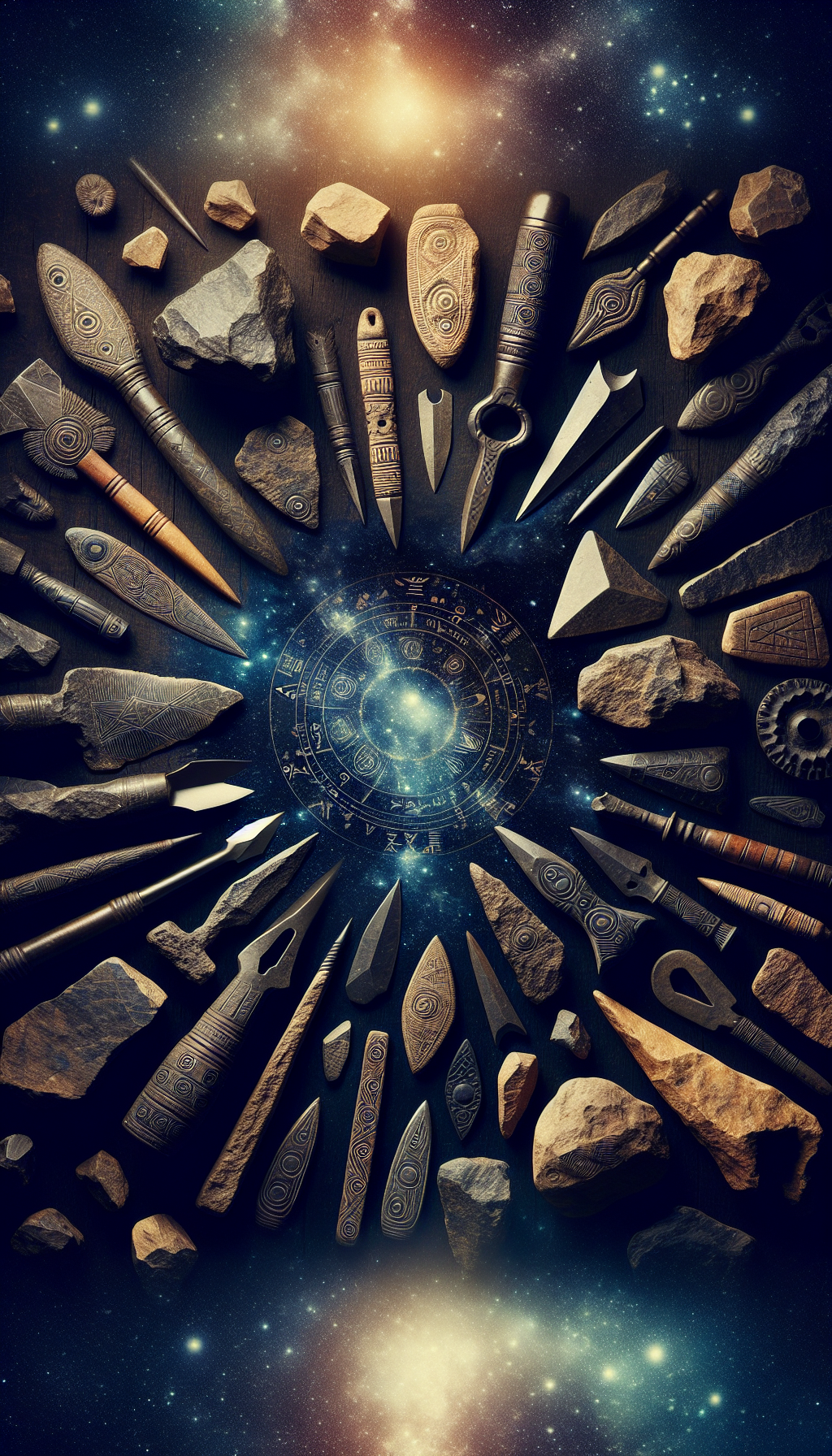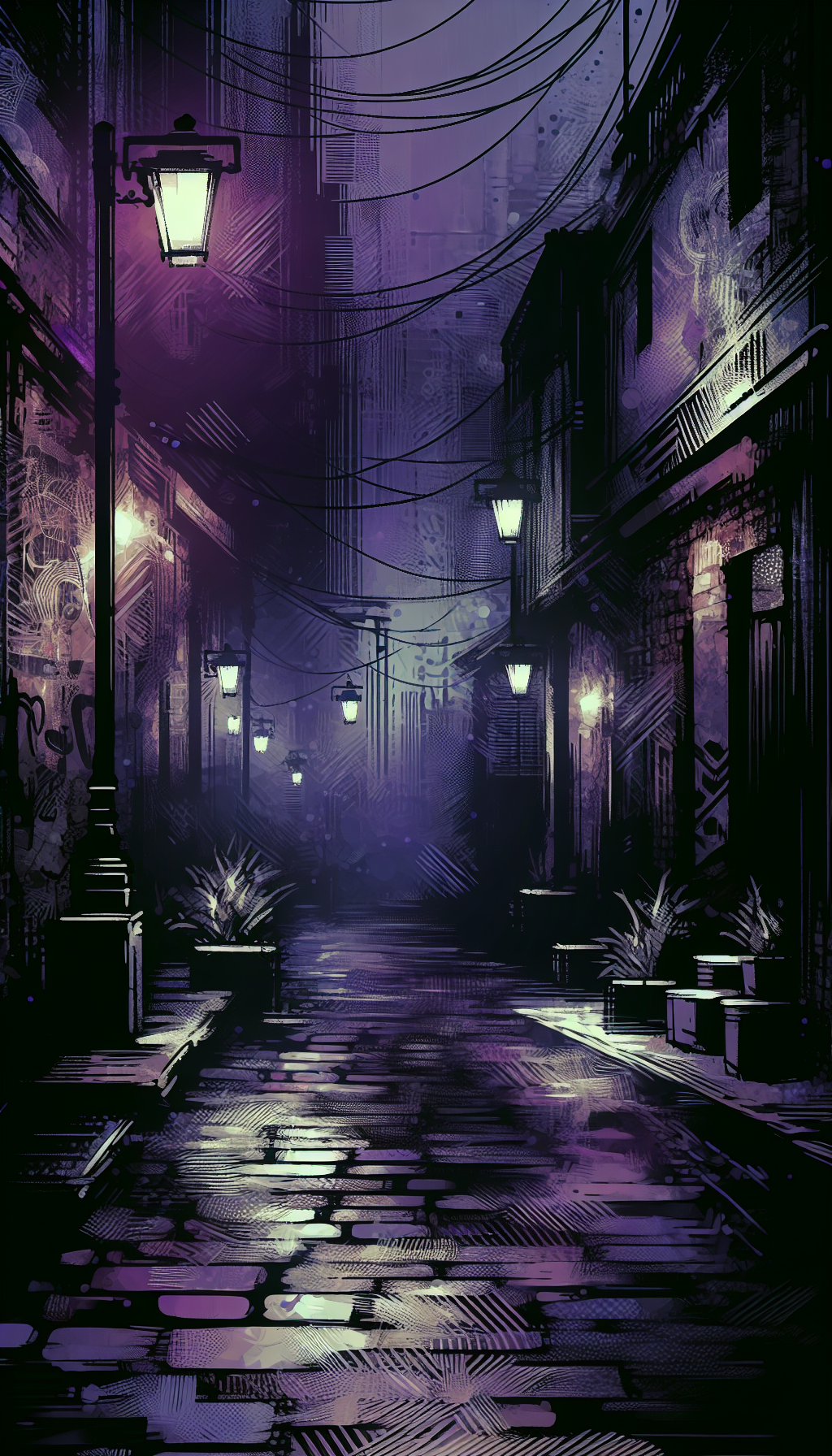Salvador Dalí Biography
Salvador Dalí (1904–1989) remains one of the most recognizable artists of the 20th century and a pivotal figure in Surrealism. For collectors and appraisers, Dalí’s career presents both opportunity and complexity: masterworks that command premium prices, a prolific output of prints and multiples, and a market complicated by inconsistent documentation and widespread forgeries. This biography focuses on the life that made the work—and the practical knowledge that helps evaluate it.
Early Life in Figueres and Artistic Formation
Dalí was born in Figueres, Catalonia, Spain, the son of a notary. A brother, also named Salvador, died before he was born; a childhood belief that he was his brother’s reincarnation became part of Dalí’s self-mythology and later imagery. He showed early talent and precocious confidence, studying first in Figueres and later at the San Fernando Royal Academy in Madrid (1922–1926). In Madrid’s Residencia de Estudiantes he mingled with a generation of Spanish cultural figures—poet Federico García Lorca and filmmaker Luis Buñuel among them.
Dalí absorbed influences voraciously: Impressionism from early landscapes, Cubism and Futurism via reproductions, the metaphysical stillness of Giorgio de Chirico, and above all Sigmund Freud’s psychoanalysis. He was expelled from the Academy in 1926 after refusing to take final exams, declaring the examiners incompetent. That same year he visited Paris and met Picasso, expanding his exposure to avant-garde circles.
Throughout the 1920s, Dalí experimented with styles while refining the polished, Old Master technique that would support his mature imagery. By the decade’s end he had aligned himself with Surrealism, the Paris-based movement seeking to liberate the unconscious through art.
Surrealism, Gala, and the Paranoiac-Critical Method
Dalí’s official Surrealist breakthrough came in 1929, the year he co-wrote the film Un Chien Andalou (with Buñuel) and met Elena Ivanovna Diakonova—“Gala”—a Russian-born muse and manager who would become his lifelong partner and later his wife. Gala’s business instincts and unwavering promotion were essential to Dalí’s career; she negotiated contracts, curated the artist’s image, and guarded his time aggressively.
In these years Dalí articulated his “paranoiac-critical method,” a technique of self-induced imaginative states that allowed him to perceive multiple, often contradictory images within a single form. The method underpins works like The Great Masturbator (1929), The Persistence of Memory (1931), and The Metamorphosis of Narcissus (1937). Melting watches, crutch-supported limbs, barren planes, ants, and drawers opening from flesh—these motifs gave concrete form to dream logic and inner anxieties.
Dalí’s politics and penchant for publicity strained relations with the Surrealist group. He sparred with André Breton and faced censure in 1934, then was expelled in 1939 as his commercial success grew. Breton famously anagrammed his name as “Avida Dollars,” a jab at perceived greed. Nevertheless, Dalí’s individual path—more public, more theatrical—gave him a broader audience than most peers.
America, Collaboration, and the Business of Dalí
As the Spanish Civil War and then World War II destabilized Europe, Dalí and Gala relocated to the United States (1940–1948). New York galleries such as Julien Levy had already promoted his work in the early 1930s; in the 1940s he became a celebrity. Dalí’s embrace of mass culture—advertising, fashion, theater, film—was pioneering for a modern artist. He designed window displays, wrote for magazines, and collaborated on film sequences, most famously the dream sequence for Alfred Hitchcock’s Spellbound (1945). He also worked with Walt Disney on Destino (begun 1945; completed posthumously in 2003), blending Surrealist imagery with animation.
The 1940s and 1950s saw an increased interest in religious themes and classical techniques. Dalí employed meticulous draftsmanship and illusionistic perspective, often staging elaborate photo sessions or building models to compose paintings. Images like The Madonna of Port Lligat (1949/1950), Leda Atomica (1949), and Crucifixion (Corpus Hypercubus) (1954) signal a shift he called “nuclear mysticism”—an effort to reconcile Catholic spirituality with developments in physics (atomic theory) and mathematics (the fourth dimension).
Dalí’s “brand” diversified. He created designs for jewelry realized by master goldsmiths (notably Carlos Alemany), and he approved a growing number of graphic projects, from etchings and lithographs to deluxe illustrated books (e.g., The Divine Comedy, Biblia Sacra, Alice’s Adventures in Wonderland). This diversification forms a key part of his market—rich in variety but fraught with authenticity pitfalls.
Late Career: Nuclear Mysticism and the Dalí Theatre-Museum
After returning to Spain in 1948, Dalí divided time between Barcelona, Madrid, and the coastal town of Portlligat (Cadaqués). He constructed elaborate optical illusions and double images in large canvases like The Hallucinogenic Toreador (1969–1970). Science continued to fascinate him: DNA, holography, and stereoscopy informed both subject and technique.
A crowning project was the Dalí Theatre-Museum in Figueres, opened in 1974 on the site of his childhood theater. Designed by Dalí as an immersive environment, it houses paintings, installations, oddities, and stagecraft—a Gesamtkunstwerk and a monument to self-curation. In his final years, Dalí’s health declined; a fire in his Portlligat home in 1984 caused injuries. After Gala’s death in 1982, Dalí withdrew further, eventually residing within the Figueres museum, where he died in 1989.
Legacy and Market: What Collectors and Appraisers Should Know
Dalí occupies a rare position: a canonical modernist recognized by museums and an artist with widespread popular appeal. For the market, this dual fame means a broad spectrum of material—masterpiece oils, important works on paper, studio multiples, authorized editions, and mass-market reproductions.
Paintings and major drawings command the highest prices, especially works from the late 1920s through the 1950s that feature signature Surrealist imagery and exceptional technique. Condition, exhibition history, and literature citations heavily influence value. Works documented in recognized catalogues raisonnés of paintings and confirmed by leading archives are the benchmark.
On the other end, the print and multiple market is both accessible and treacherous. Some editions are important, well-produced original prints conceived by Dalí (etching, drypoint, lithograph, woodcut), while others are photomechanical reproductions marketed aggressively during his lifetime and afterward. A large number of forged signatures, dubious “posthumous” impressions, and misleading certificates circulate, keeping authentication central to valuation.
For jewelry and sculpture, edition control and provenance are critical. Dalí designed jewels that were fabricated by known ateliers; unique or very limited pieces with strong documentation are sought after. Bronze sculptures present special challenges: various publishers issued editions of Dalí models—some authorized during his lifetime, others not, and edition sizes sometimes expanded beyond original intent. Appraisers must compare a specific piece’s publisher, casting date, and edition size against reliable references.
Prints, Sculptures, and the Problem of Authenticity
Because Dalí was prolific and the demand for his imagery is high, his name has been attached to countless editions. Distinguishing original, artist-conceived prints from reproductions is essential:
Original print vs reproduction: An original print is created by the artist (or under the artist’s direction) from a printing matrix such as an etched plate, lithographic stone, or woodblock. Reproductions (offset lithographs, photogravures made after paintings, giclées) are mechanically made images after preexisting artworks and typically carry far lower value.
Edition size and structure: Authentic Dalí prints usually have stated editions (for example, 250, 300, or 350 signed and numbered) with additional artist’s proofs (AP), hors-commerce (HC), or Roman numeral proofs. Extremely large edition numbers or vague “limited edition” claims can be red flags.
Signatures and numbering: Lifetime original prints are generally signed in pencil by Dalí in the lower margin and numbered in Arabic numerals (e.g., 125/250). Beware printed or plate signatures (appearing in the image) passed off as hand-signed. The pencil line of a genuine signature shows pressure variation and sits on the paper surface; a printed signature does not.
Paper and blind stamps: Quality editions often use Arches, Rives BFK, or Japon papers, sometimes watermarked. Publisher blind stamps and embossed chops can help corroborate authenticity, but forgers also mimic these. Always cross-reference with a catalogue raisonné entry.
Catalogues raisonnés: The most cited references for Dalí graphics include Albert Field’s “The Official Catalog of the Graphic Works of Salvador Dalí” and the “Michler & Löpsinger” volumes. Matching the exact title, year, technique, sheet size, and edition data to a raisonné entry is a foundational step in appraisal.
A persistent controversy involves reports that Dalí signed quantities of blank sheets during the 1970s, enabling later printing. While debated in scope, this possibility complicates blanket reliance on a pencil signature. As a result, proof of a legitimate printing history—publisher, printer, and documentation—carries real weight.
For bronze sculpture, key data include the model’s origin (drawing, maquette, or relief), who authorized the edition, which foundry cast it, when it was cast, the declared edition size, and any lifetime documentation. Pieces cast posthumously or by unrecognized publishers typically appraise lower than lifetime casts with confirmed provenance.
A Practical Appraisal Lens on Dalí’s Oeuvre
Understanding Dalí’s career phases helps contextualize works:
Surrealist classic period (circa 1929–mid-1930s): Highly desirable oils and drawings, with strong museum comparables. Exceptional technical finish and iconic motifs drive value.
Late 1930s–1940s: Continued Surrealist imagery, wartime anxieties, and American period collaborations. Important works on paper and select paintings remain blue-chip.
“Nuclear mysticism” (late 1940s–1950s): Religious and scientific themes with complex spatial constructions; top-tier works from this era are highly valued.
1960s–1970s: Large-scale optical paintings, portfolios of prints and deluxe books; the quality of individual projects varies widely. Careful identification of original printmaking techniques and reputable publishers is critical.
Condition plays a major role for works on paper. Common issues include foxing, mat burn, acid staining from non-archival mounts, light fading of fugitive inks or hand-coloring, and paper cockling. For paintings, scrutinize varnish condition, overcleaning, retouching, cracking, and support changes. Always document condition before valuation.
Provenance and literature citations elevate confidence. Exhibitions at recognized institutions, publication in catalogues raisonnés, and archival letters from the Gala-Salvador Dalí Foundation or other acknowledged authorities can substantiate authenticity. Conversely, vague “certificates” from commercial galleries without scholarly standing carry limited weight.
Dalí Appraisal and Authentication Checklist
- Identify the work precisely: title, date, medium, support, dimensions, and any inscriptions.
- For prints, determine the technique (etching/drypoint, lithograph, woodcut, carborundum) and confirm a legitimate edition structure and size.
- Examine signature and numbering under magnification; distinguish pencil from printed signatures.
- Check paper type and any watermarks; note blind stamps and publisher/printer chops.
- Cross-reference with recognized catalogues raisonnés (e.g., Field; Michler & Löpsinger) for exact match of details.
- Gather provenance: invoices, gallery labels, ownership history, exhibition records, and any correspondence.
- Evaluate condition carefully; note issues like foxing, mat burn, tears, fading, restorations, or revarnishing.
- For sculptures, record foundry marks, edition numbers, casting dates, and publisher; compare to documented editions.
- Be skeptical of “lifetime signature” claims without corroborating publisher and printer documentation.
- When in doubt, seek an opinion from a recognized Dalí authority or foundation and obtain a written report.
FAQ
Q: What is Dalí’s most iconic work and why does it matter for appraisal? A: The Persistence of Memory (1931) is his emblem, solidifying the melting watch motif and Surrealist vocabulary. Comparable works from the early 1930s with refined technique and emblematic imagery command premium prices. Lesser works that echo the motif without similar quality do not achieve the same valuations.
Q: Are Dalí prints a good investment? A: Select original prints with strong provenance, recognized publishers, and entries in standard catalogues can perform well. However, the market is uneven due to reproductions and forged signatures. Buy quality, verify details, and prefer lifetime editions over posthumous or undocumented impressions.
Q: Did Dalí really sign blank sheets? A: Reports suggest that Dalí signed quantities of blank sheets in the 1970s, though the extent is debated. This makes a pencil signature alone insufficient proof of authenticity. Always corroborate by technique, publisher/printer, edition structure, and catalogue raisonné data.
Q: How do I tell if a Dalí bronze is legitimate? A: Confirm the publisher and foundry, edition size, casting date, and whether the edition was authorized during Dalí’s lifetime. Compare markings to documented examples. Lifetime casts with reputable provenance typically carry higher value than later or unauthorized editions.
Q: Which references should I consult when appraising Dalí graphics? A: Albert Field’s official catalog of Dalí’s graphic works and the Michler & Löpsinger catalogues are standard. Match title, date, technique, sheet size, and edition details exactly. When discrepancies arise, pause the appraisal and seek expert guidance.
Salvador Dalí’s life fused virtuosity, showmanship, and relentless self-mythologizing. For collectors and appraisers, that means pairing art-historical understanding with rigorous verification. When the work, the documentation, and the condition align, Dalí’s art still delivers the shock of the Surreal—and the solidity of value.



